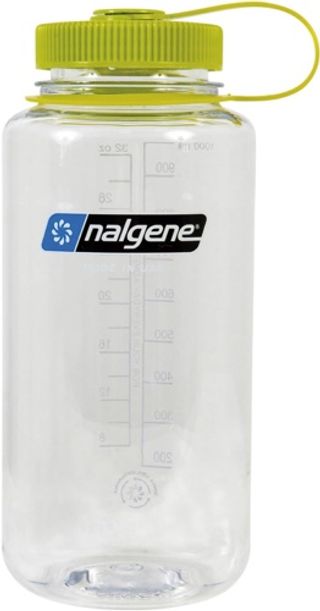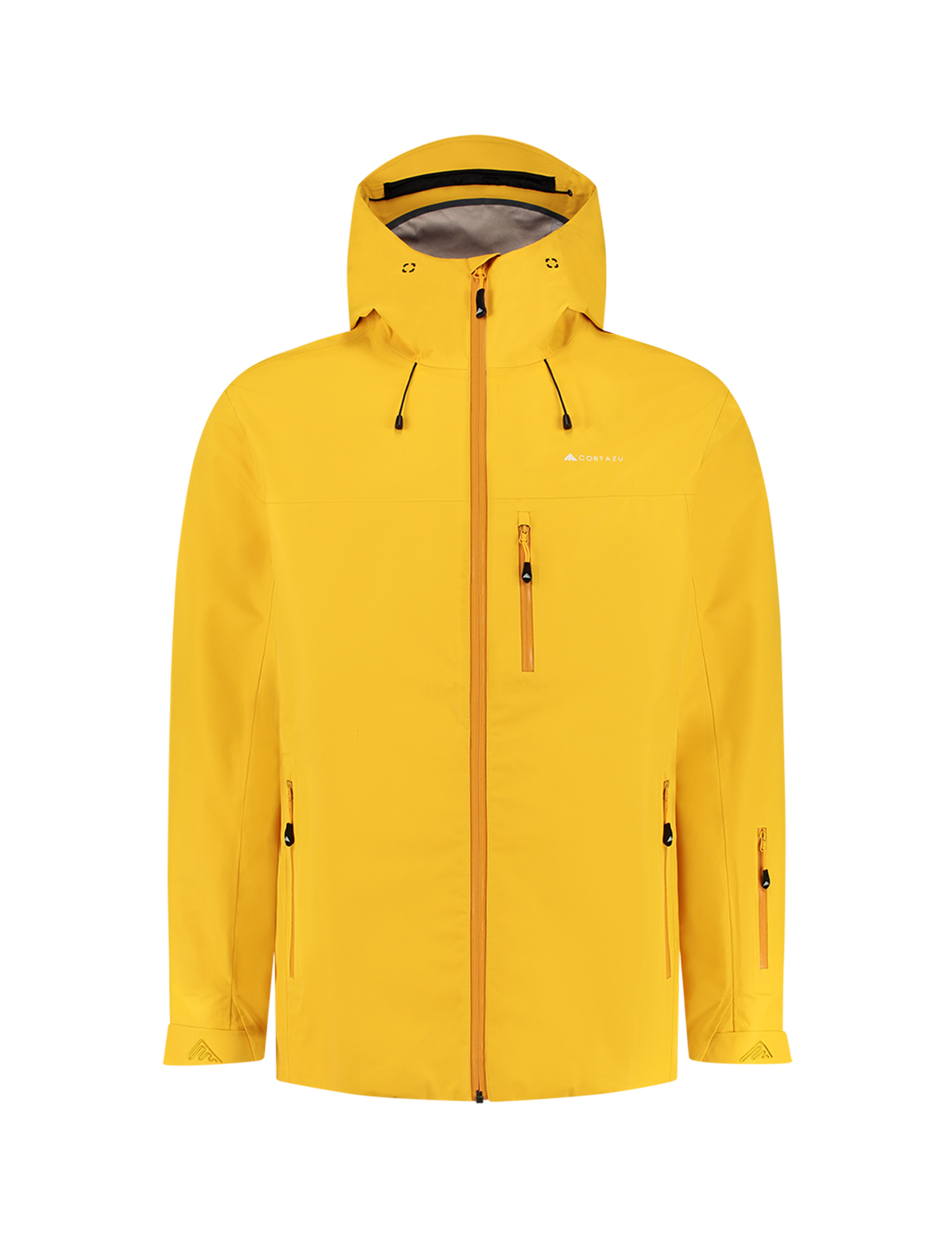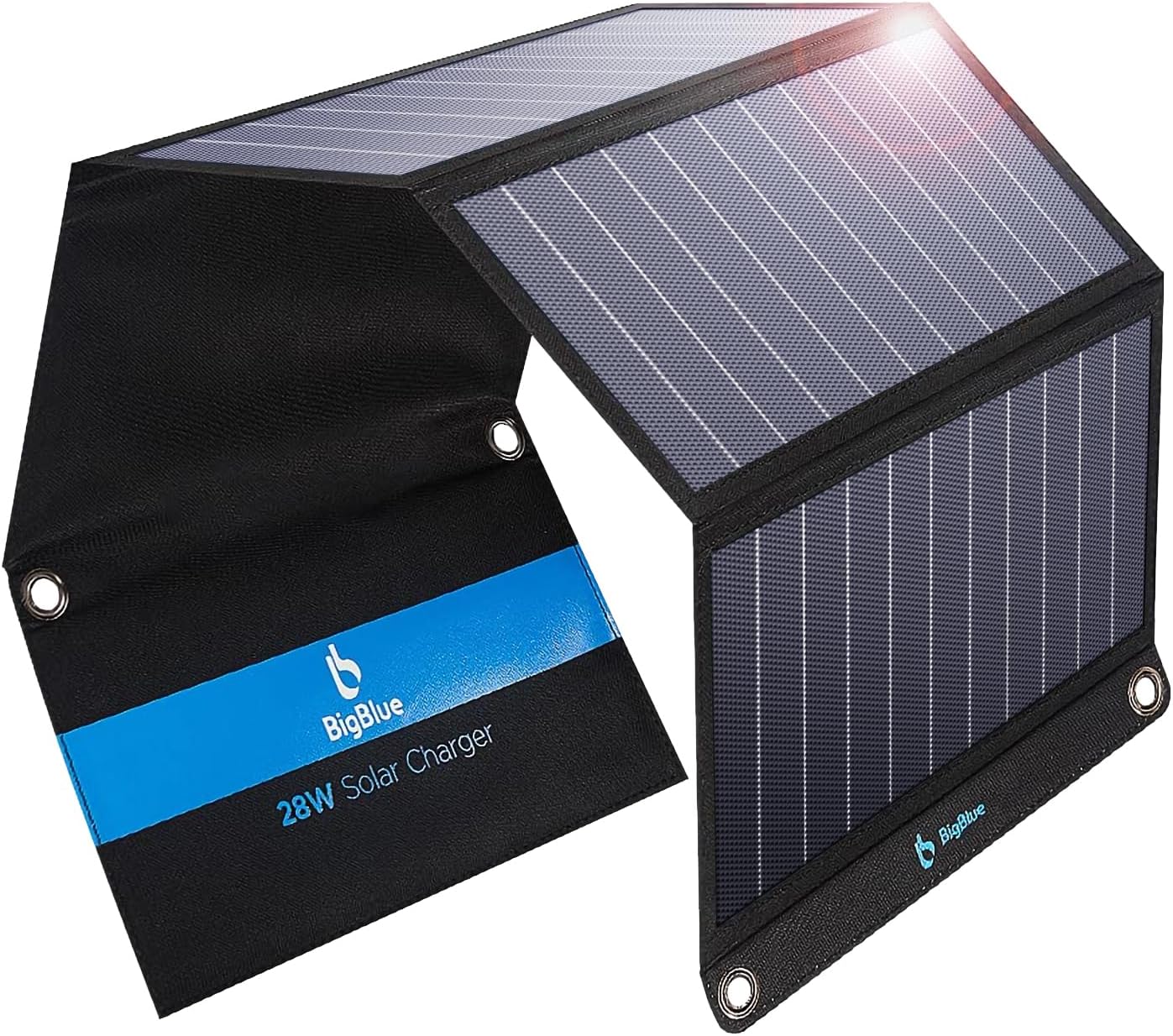How to Solo Hike the Pikey Peak Trek Without a Guide
Last updated:
Nestled in the heart of the Himalayas, the Pikey Peak Trek is a hidden gem that beckons to those seeking an authentic and immersive trekking experience. This journey takes you through a tapestry of stunning landscapes, from lush rhododendron forests to snow-capped peaks, offering a glimpse into the rich cultural heritage of the region. As you traverse the trails, you'll encounter friendly locals and their equally amiable canine companions, their warm smiles and wagging tails a testament to the welcoming spirit of the Himalayas.
Quick Links:
Overview
Our journey's crowning glory is the summit of Pikey Peak, where you'll be rewarded with breathtaking panoramic views of the Himalayas from Annapurna to Everest to Kanchenjunga. Along the way, you'll have the opportunity to explore charming villages, each with its own unique character and traditions, and immerse yourself in the spiritual essence of ancient monasteries. Whether you're a seasoned hiker or a first-time adventurer, the Pikey Peak Trek promises an unforgettable journey that will leave an indelible mark on your soul.
Essential Information
Guides: The decision to trek with or without a guide is a personal one. Some trekkers seek the freedom of solitude, while others find comfort in the knowledge and companionship of a local guide. Personally, I prefer to start my journey alone and meet local guides along the way if I would like to know more about the area.
Navigation: For proper navigation, you should always carry a paper map and compass and know how to use them in an emergency. You can pick up any number of paper maps in Thamel, Kathmandu when you arrive. Additionally, I typically use a gps app on my phone like maps.me or AllTrails. Check out the map for my entire route.
Transportation: Most hotel owners in Kathmandu can help you arrange Jeep or plane transportation to your chosen starting point.
Accommodation: Most villages along the Pikey Peak Trek route, even the smaller ones, offer basic accommodation and food options. You do not need to bring camping or cooking gear unless you want the flexibility to spend the night anywhere.
Cash: It's crucial to bring enough cash with you from Kathmandu to cover your expenses during the hike. You will be hiking through remote villages with no option to withdraw cash.
Permits: Permits are easily acquired along the trail, so there's no need to do so in Kathmandu.
Safety: Hiking in the Himalayas is difficult. Your safety and well-being are of utmost importance. Take time to acclimatize and relish rest days amid the tranquil beauty of the Himalayas. Make sure to do your own research and due-diligence. In the end, your safety is your responsibility.
Pikey Peak Hiking Trail Map
Learn how to download the map for your own offline use by reading how I navigate on the trail .
Starting Point
It's worth noting that the Pikey Peak Trek offers multiple route options depending on individual preferences and time constraints.
Where to start?
Hikers can choose to start their journey from Dhap, Jiri, Salleri, or Phaplu, each offering its own unique charm and challenges. For those seeking a longer and more adventurous experience, the hike can be extended from Junbesi to Surke, serving as a gateway to the renowned Everest Base Camp or the challenging Three Passes Trek.
My Recommendation
Personally, I decided to start from Dhap and continue northward up to the Khumbu (Everest) region to start my Three Passes Trek. However, if you're just doing roundtrip, I would recommend starting from Dhap, summiting Pikey Peak, and then coming back to Salleri/Phaplu or Jiri.
Itinerary
The trek typically takes around 4-7 days to complete, depending on the route and your pace. You have a couple options to make this itinerary your own. Personally I extended my hike to 8-9 days in order to continue up to the Everest region for the Three Passes Trek.
Brief Itinerary
| Day | Itinerary | Details |
|---|---|---|
Day 11 | Arriving in Dhap from Kathmandu | 100km2989m |
Day 22 | Hiking from Dhap to Bhulbule | 17.93km3358m |
Day 33 | Hiking from Bhulbule to Pikey Peak Base Camp | 9.36km3746m |
Day 44 | An Early Morning Summit followed by a hike to Junbesi | 21.17km4042m |
Day 55 | Taking a Rest Day in Junbesi | 02667m |
Day 66 | Hiking from Junbesi to Jubing | 23.26km3054m |
Day 77 | Hiking from Jubing to Bumburi | 4.67km2072m |
Day 88 | Hiking from Bumburi to Kharikhola | 4.06km2143m |
Day 99 | Hiking from Kharikhola to Surke | 23.35km2913m |
Detailed Itinerary
Day 1: Arriving in Dhap from Kathmandu
Distance: 100 km
Highest Elevation: 2989 km
As the sun begins to set over the majestic Himalayas, we arrive in the charming village of Dhap. The friendly locals and their equally welcoming dogs greet you with warm smiles, setting the tone for your upcoming adventure. Take a moment to absorb the breathtaking sunset views of the towering peaks, hinting at the incredible journey that awaits you. We settle in for the night, eager for the adventures that await us in the days to come.
Day 2: Hiking from Dhap to Bhulbule
Distance: 17.93 km
Highest Elevation: 3358 km
Embark on your trek through the stunning valleys that connect Dhap to Bhulbule. The trail winds through picturesque landscapes, offering a glimpse into the untouched beauty of Nepal's countryside. As you traverse the gentle slopes, take in the serene atmosphere and let the tranquility of nature envelop you.
Day 3: Hiking from Bhulbule to Pikey Peak Base Camp
Distance: 9.36 km
Highest Elevation: 3746 km
The trail leads us through an enchanting rhododendron forest, its vibrant blooms adding a splash of color to the lush green landscape. As we approach Pikey Peak Base Camp, we find ourselves in a charming cluster of hotels, where the locals welcome us with open arms. We rest our weary legs and prepare for the early morning summit that promises to be the highlight of our hike.
Day 4: An Early Morning Summit followed by a hike to Junbesi
Distance: 21.17 km
Highest Elevation: 4042 km
In the still of the night, we set out for the summit, our headlamps illuminating the path before us. As we climb higher, the first rays of the sun begin to peek over the horizon, casting a golden glow across the snow-capped peaks. At the summit, we are rewarded with a panoramic view of the Himalayas that takes our breath away. Mount Everest, Lhotse, and Makalu stand tall and proud, their majestic presence humbling us in the face of nature's grandeur. After basking in the glory of the summit, we begin our descent back into the rhododendron forest. The trail is long but gentle, allowing us to take in the beauty of our surroundings at a leisurely pace. As we arrive in Junbesi, we find ourselves charmed by the village's unique architecture and the nearby monasteries that beckon us to explore their ancient halls.
Day 5: Taking a Rest Day in Junbesi
Distance: 0 km
Highest Elevation: 2667 km
We take a well-deserved rest day in Junbesi, my favorite village of the hike. The intricate architecture and the serene atmosphere of the nearby monasteries, Thubten Choling and Phugmoche, captivate our hearts and minds. We spend the day wandering through the village, engaging with the locals, and immersing ourselves in the rich cultural beauty of the region.
Day 6: Hiking from Junbesi to Jubing
Distance: 23.26 km
Highest Elevation: 3054 km
For those who wish to continue onwards to the Khumbu region, the path leads us from Junbesi to Jubing. The hike is long, but the trail offers plenty of opportunities to explore other villages along the way. We take our time, savoring each moment and the unique experiences that each village has to offer.
Day 7: Hiking from Jubing to Bumburi
Distance: 4.67 km
Highest Elevation: 2072 km
We venture off the beaten path to the village of Bumburi, a hidden gem that captures our hearts with its warm and welcoming inhabitants. We spend the night in a monastery, immersing ourselves in the spiritual essence of the place. The village's authenticity and the genuine kindness of its people leave an indelible mark on our souls.
Day 8: Hiking from Bumburi to Kharikhola
Distance: 4.06 km
Highest Elevation: 2143 km
The hike from Bumburi to Kharikhola is short and gentle, allowing us to take in the stunning landscapes at a relaxed pace. As we arrive in Kharikhola, we find ourselves surrounded by the bustling activity of farm life, the locals tending to their crops with a sense of purpose and dedication that is truly inspiring.
Day 9: Hiking from Kharikhola to Surke
Distance: 23.35 km
Highest Elevation: 2913 km
Our final day on the trail is a long and demanding one, but the anticipation of reaching Surke, the last village before the most popular EBC route in Nepal, fuels our determination. As we arrive in Surke, we feel a sense of accomplishment and gratitude for the incredible journey we have undertaken, the memories we have made, and the people we have met along the way.
Personal Highlights
As an avid hiker and storyteller, I've had the privilege of exploring the breathtaking Pikey Peak Trek in Nepal. Along the way, I discovered several hidden gems that left a lasting impression on my memory. Here are three personal highlights that I believe every hiker should experience:
Pikey Peak Summit
Standing atop Pikey Peak at sunrise, I was awestruck by the panoramic view of the Himalayas. The golden light illuminating the snow-capped peaks of Mount Everest, Lhotse, and Makalu was a sight I will never forget. The sense of accomplishment and the sheer beauty of the moment made the early morning trek to the summit an unforgettable experience.
Junbesi Village
Junbesi quickly became my favorite village along the hike. The unique architecture, friendly locals, and nearby monasteries, Thubten Choling and Phugmoche, captured my heart. I spent hours exploring the village, engaging with the locals, and immersing myself in the rich Sherpa culture. The authentic experiences and genuine connections I made in Junbesi will stay with me forever. If you're looking for a place to stay, I can't recommend Junbesi Homestay enough :)
Bumburi Village
Venturing off the beaten path to Bumburi was a decision I'll never forget. This hidden gem of a village welcomed me with open arms, and the warmth of the locals left a lasting impression on my soul. Spending the night in a monastery allowed me to connect with the spiritual essence of the place, making my time in Bumburi an unforgettable highlight of my hike.
Weather and Seasons
The weather on the Pikey Peak Trek varies by season. Regardless of season, layers are essential as temperatures fluctuate.
Spring
March to May
Mild weather with rhododendrons in bloom
Best For:
Photography
Solitude
Flowers
Autumn
September to November
Clear, dry weather with great mountain views
Best For:
Views
Trekking
Winter
December to February
Cold with snow and ice, dangerous conditions
Best For:
Low crowds
Summer
June to August
Heavy rain with muddy and slippery trails
Best For:
Budget trips
Recommended Gear
The Pikey Peak Trek requires essential hiking gear, including sturdy hiking boots, warm and waterproof clothing layers, a reliable backpack, a sleeping bag rated for cold temperatures, and a headlamp. Don't forget to pack a reusable water bottle, water purification system, and basic first aid kit. Additionally, bring sun protection, such as sunglasses, a hat, and sunscreen, as well as a map, compass, and navigation tools. It's crucial to be well-prepared with the right gear to ensure a safe and comfortable trekking experience in the Himalayas.
The provided gear list is a suggestion, tailor it to your needs. Prioritize safety by packing and preparing well for a happy, adventurous hike. Interested in all of my gear recommendations? Explore all gear to see what I recommend for filming, travel, and fun :)
Costs
Transportation: Jeep transportation from Kathmandu to your chosen starting point typically costs around $18 one way.
Food: Expect to spend between $8 to $18 per day per person on food, depending on your preferences and the availability of options in the villages along the route.
Accommodation: Double rooms in the villages along the route usually cost between $4 to $8 per night. Some guesthouses may offer free accommodation if you agree to purchase a couple of meals from them.
Permits: The cost of permits varies depending on your starting point. Be sure to research the current permit requirements and fees for your specific route.
Local Guide: If you choose to hire a local guide, expect to pay between $25 to $35 per day, plus a tip. However, if you prefer to hike independently, you can save on this cost.
Total for 7 Days: $108 - $410
Conclusion
The Pikey Peak Trek is a truly remarkable journey that offers a unique blend of natural beauty, cultural richness, and personal growth. As you traverse the trails, you'll be challenged physically and mentally, but the rewards are immeasurable. From the stunning panoramic views of the Himalayas to the heartwarming interactions with locals, this hike will leave an indelible mark on your soul. So, pack your bags, lace up your boots, and embark on an adventure that will stay with you long after you've returned home. The Pikey Peak Trek awaits, ready to inspire and transform you in ways you never thought possible.
You Might Also Like
Safety Disclosure: This travel guide is intended for educational purposes only. Readers are urged to conduct their due diligence, verify current conditions, and research the most recent information independently. Conditions along trails and relevant details may change, necessitating the confirmation of accurate and updated information from reliable sources or local authorities before undertaking any travel or outdoor activities.
Affiliate Disclosure: This travel guide contains affiliate links, which means I may earn a commission for purchases made through these links at no cost to you. Your support helps sustain the creation of more content.




























































Comments
Jeff Waistell
Hi Nicholas, thank you for all that you do. Are there any Himalayan treks that do not have drops beneath the path, as I have a fear of heights. Many thanks. Jeff
Nicholas Eager
Happy to help! Actually, the Pikey Peak trek is a great option. Plus you’ve got some great views of the Himalayas from the summit!
Sergio
Hi Nicolas! Thank you so much for sharing all this information. Your videos and images are also beautiful. Now we're thinking about following part of your route. I'd like to ask you about the return trip. Do you know the way back to Kathmandu from Bumburi? Would it be necessary to return along the same route to get to Phaplu, or is there a more direct alternative? Thank you so much!
Nicholas Eager
Hi Sergio, Thanks for your kind words! I'm happy to hear you might follow the same route. From Bumburi you have many options to get back to Kathmandu. If you want to walk a few more days you could walk to Jiri. If you want to go straight back to Kathmandu you might be able to grab a Jeep in Kharikhola. All the best on your adventure!
Stephane
Hi Nicolas Very nice web site with very good information. I have a question regarding water supply… can you buy water bottles along the way or you need to treat your water with pills? Thanks Stephan
Nicholas Eager
Hi Stephan, Thanks so much for the kind words—glad you found the site helpful! You can buy bottled water in most villages along the Pikey Peak route, but I’d really recommend carrying a reusable bottle and treating or filtering the water instead. Every village has a communal tap, usually fed by streams or rivers from higher up the mountain. At higher elevations, the water tends to be cleaner, but it’s always safer to filter or use purification tablets—just to be sure. It’s also much better for the environment, as plastic waste is a big issue in the mountains. I used a filter and never had any problems. So if you’re prepared with a good system, you’ll have no trouble staying hydrated without relying on bottled water. Safe trekking! Nicholas
Alexis
Hi! Thanks for infos. When did you do it?
Nicholas Eager
Hi Alexis – I personally went in late April. It was a great time to see the rhododendrons in full bloom!
Jono Edwards
Hi Nicholas. I stumbled upon your page and it’s given me inspiration. Thanks so much! I hadn’t known about the Pikey trail so I’m now considering it. I don’t know Nepal at all - going there with my daughter (18) in early April, four only for 2 weeks. I need to weight up between three options (each with time for a bit of sightseeing and adventure eg rafting) 1. Kathmandu to Pikey Peak 2. Kathmandu to Lukla and low altitude Everest trek (namche bazaar, Thame, tengboche), or 3. Fly to Pokhara and head up into the Annapurna sanctuary. I don’t know if you know these other areas, but would be great to have any advice on the best pick!
Nicholas Eager
Hi Jono, I’m so glad you found the guide helpful! All three options are amazing, and it really comes down to what kind of experience you’re looking for. Pikey Peak is a quieter, less touristy trek with breathtaking Everest views and plenty of flexibility for other activities. Everest Region (Namche, Thame, Tengboche) gives you a taste of the Everest experience without extreme altitude, though Lukla flights can be unpredictable. Annapurna Sanctuary has incredible scenery, rich culture, and easy access from Pokhara, which is also great for adventure activities. If you’re looking for something off the beaten path, I’d go with Pikey; if you want classic mountain scenery, Namche is hard to beat; and if you want a mix of trekking and cultural experiences, Annapurna is a great choice. Let me know if you have any questions—I’d be happy to help!
Jono Edwards
Many thanks Nicholas. I've opted for ABC. I'll return for Pikey next time! All the best
Stephan
Hi Nicholas, while watching your beautiful video on YouTube, I noticed that you did have a guide when you were in one of the villages (I think it was Bumburi?). Did you end up hiring a guide for this part? Again great video and detailed hiking guide thanks!
Nicholas Eager
Thanks! Glad you enjoyed the video and the hiking guide. Yeah, I like to find friendly local people along the way if I really like a village and hire them as local guides. It’s a great way to learn more about the area and get a more personal experience. In this case, Ngima was great—he knew all the small trails and had lots of interesting stories about the village!
jerry p
Hi Nicholas, Absolutely love your videos and website! I want to do the PP trek independently. Are the trails easy to follow? Can you get lost easily? Is it sign posted? Will there be room in teahouses during the month of October without booking ahead? Thank you! Greetings from Australia! Tony
Nicholas Eager
Hi Tony, The Pikey Peak trek is easy to navigate with a GPS app like Maps.me, and while teahouse bookings aren’t possible, October should have enough availability. Enjoy your adventure!